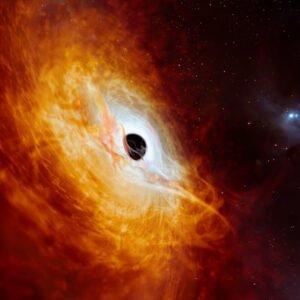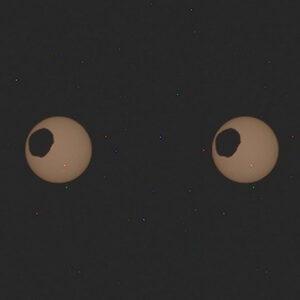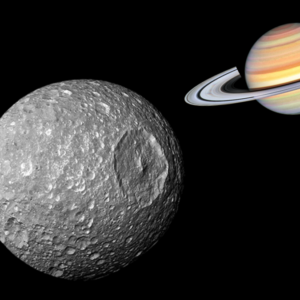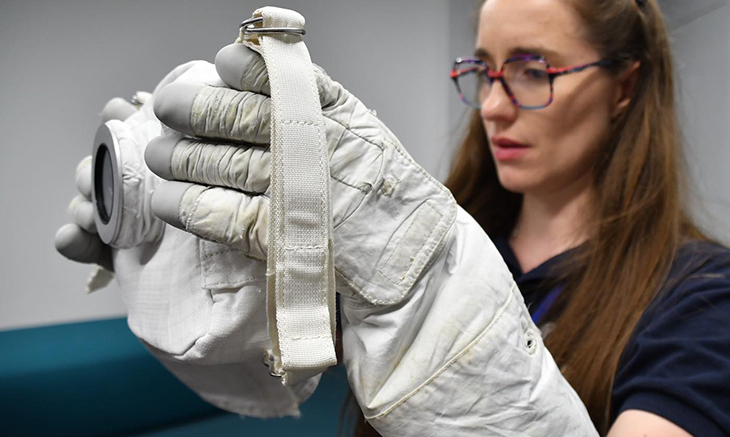
Astronauts are embarking on a lunar journey, testing a cutting-edge space camera right here on Earth. The European Space Agency (ESA) has collaborated with NASA’s Artemis imagery team to put the Handheld Universal Lunar Camera (HULC) to the test.
Engineers spearheading the development of the HULC recently conducted trials in the lunar-like terrains of Lanzarote, Spain, as part of the PANGAEA training program. This initiative aims to quip astronauts with the skills needed to function as effective field scientists during upcoming Moon missions.
Throughout geological field trips, astronauts utilize the ESA tool, enabling geology instructors at a base situation to track and support the crew in real-time through live audio and video documentation of their exploration work. A stark departure from the iconic images captured during the Apollo 11 mission with standalone Hasselblad cameras, the HULC is a leap forward in technology and functionality.
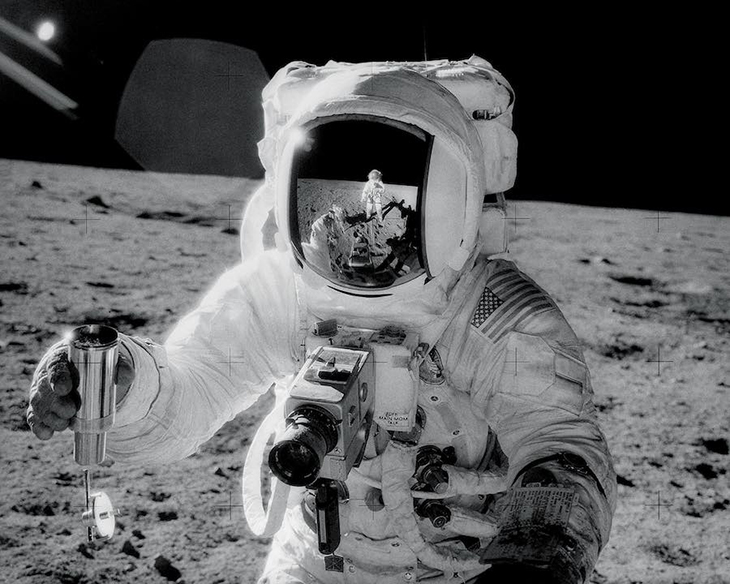
Constructed from professional off-the-shelf-cameras boasting high sensitivity to light and state-of-the-art lenses, the HULC has undergone modifications by NASA. These alternations include the addition of a thermal and dust protection blanket, crucial for handling the Moon’s temperature extremes ranging from minus 200 to 120 degrees Celsius. The inclusion of ergonomic buttons facilitates easy operation by astronauts clad in bulky gloves during extravehicular activities.
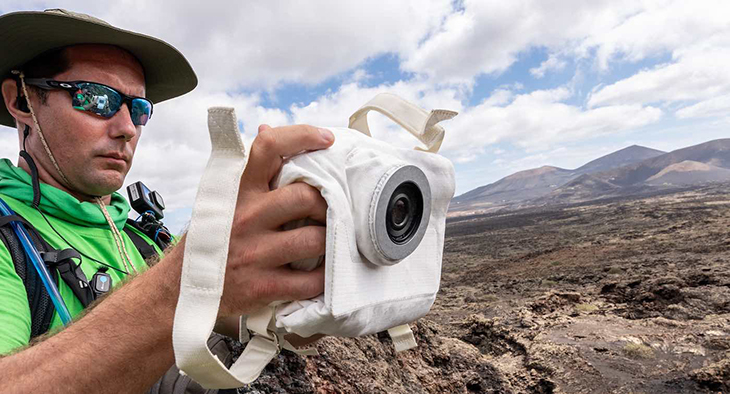
Extensive testing has been conducted to address the three primary challenges of space exploration: thermal, vacuum, and radiation effects. Moreover, the abrasive nature of lunar dust, a unique challenge on the Moon, was factored into the testing process. The camera’s resilience was tested during a simulated moonwalk with the JETT 3 mission in Arizona, USA, last year.
After using it at the PANGAEA test course, ESA astronaut Thomas Pesquet, considered one of the most prolific European photographers in orbit, praised the design . “The engineers have done a really good job reconfiguring the buttons and arranging a simple yet reliable protection for the camera.”
One significant objective of the PANGAEA program was the selection of the most suitable lenses for the HULC. ESA astronaut Pesquet, alongside NASA astronaut candidate Jessica Wittner and Takuya Onishi from the Japanese space agency, used the camer not only in broad daylight but also in the darkness of volcanic caves to simulate extreme conditions for lunar photography.
The HULC is set to make history as the first mirrorless camera designed for handheld use in space. Mirrorless cameras are known for providing exceptional image quality in low-light conditions, making them well-suited for the Moon’s challenging high-contrast environment.
Jeremy Myers, NASA’s lead for the HULC camera, explains, “It was very useful to have the geologists’ point of view to make sure the photos had the right resolution, depth of field and exposure to maximize the science results.”
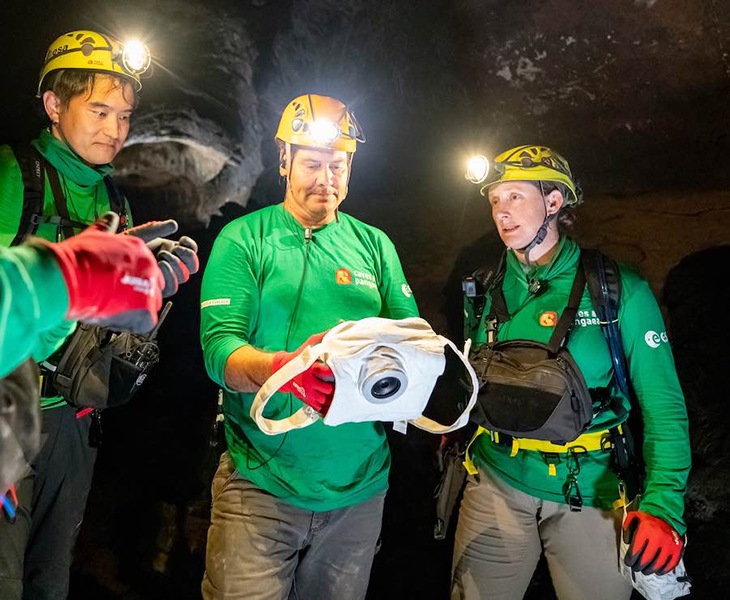
He adds, “It should be easy to use. The human factor is a big deal for us, because you want the camera to be intuitive and not taxing on the crew.”
Moreover, the camera will record videos, which ESA will “provide situational awareness to the ground teams and help document the exploration of our nearest cosmic neighbor”.
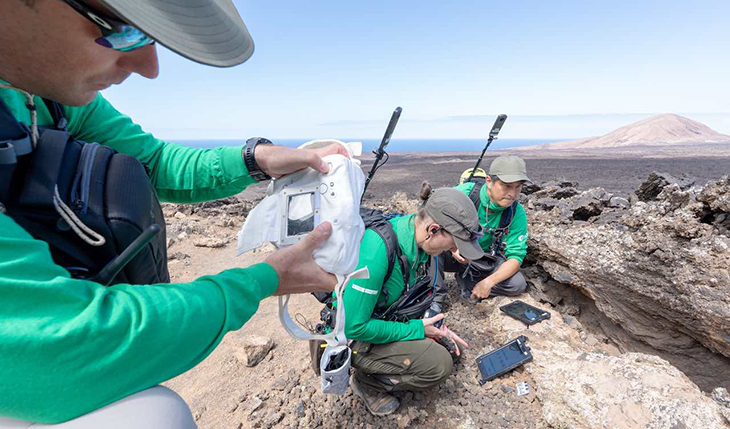
Looking ahead, the Artemia III mission, slated to land on the Moon’s South Pole near permanently shadowed craters, will employ the HULC to capture unprecedented images and search for evidence of water ice.
Pesquet says, “Conditions for photography will be tricky in many ways, from operating the camera with the gloves on, to very low light levels and big contrast between bright and dark sources.”
“We want astronauts to be able to take a detailed image of a crystalline structure in a rock and to capture landscapes, all with the right exposure,” adds Myers.
As a testament to its potential, one version of the camera is scheduled to journey to the International Space Station for additional testing, marking a crucial step towards its integration into future space missions. The HULC, with its advanced features and adaptability, heralds a new era in lunar exploration and photography.
What are your thoughts? Please comment below and share this news!
True Activist / Report a typo
